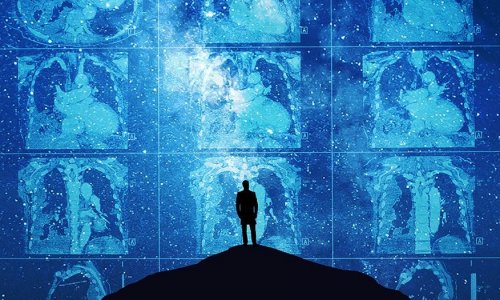Beijing Olympics research finds enlarged hearts can be good hearts
Cardiologist Dr Malissa Wood, of the Massachusetts General Hospital, Boston, USA, has reported that a study of Olympic athletes, using GE Healthcare's Vivid I cardiac compact ultrasound technology, has allowed the medical research team in Beijing to identify healthy patterns of heart enlargement that can differentiate it from hypertrophic cardiomyopathy.

Previously, it was believed that heart size is indicative of risk of Sudden Cardiac Death (SCD); however, Dr Wood’s research with the USA Weightlifting and US Men’s Rowing teams has shown that it is the health of the systolic or blood-pumping action - not the heart size - that is the distinguishing factor of a healthy heart. ‘As a result of these findings, we are in the process of developing a cardiac fitness index to be released later this year that will help trainers and coaches understand how cardiac conditions impact performance of high-endurance athletes,’ Dr Wood said. ‘Our work also will provide healthcare professionals with insight into new, more effective ways of assessing and treating heart disease for the general public.’
Based on Dr Wood’s findings, Dr Patrick Schamasch, Medical and Scientific Director of the International Olympic Committee (IOC), has recommended routine cardiac monitoring of Olympic athletes. ‘I fully support the action to have preparticipation cardiovascular screening mandatory for elite athletes. This will evaluate athletes before participating in sports for the purpose of identifying (or raising suspicion of) abnormalities that could provoke disease progression or sudden cardiac death. Ensuring the well-being of all athletes is the IOC’s priority, and we feel that the identification of the relevant diseases will allow clinicians to make decisions earlier on, of whether a player can stay in the game or not, but above all tailor their training programs to best meet their needs and ensure athlete safety.
01.09.2008











